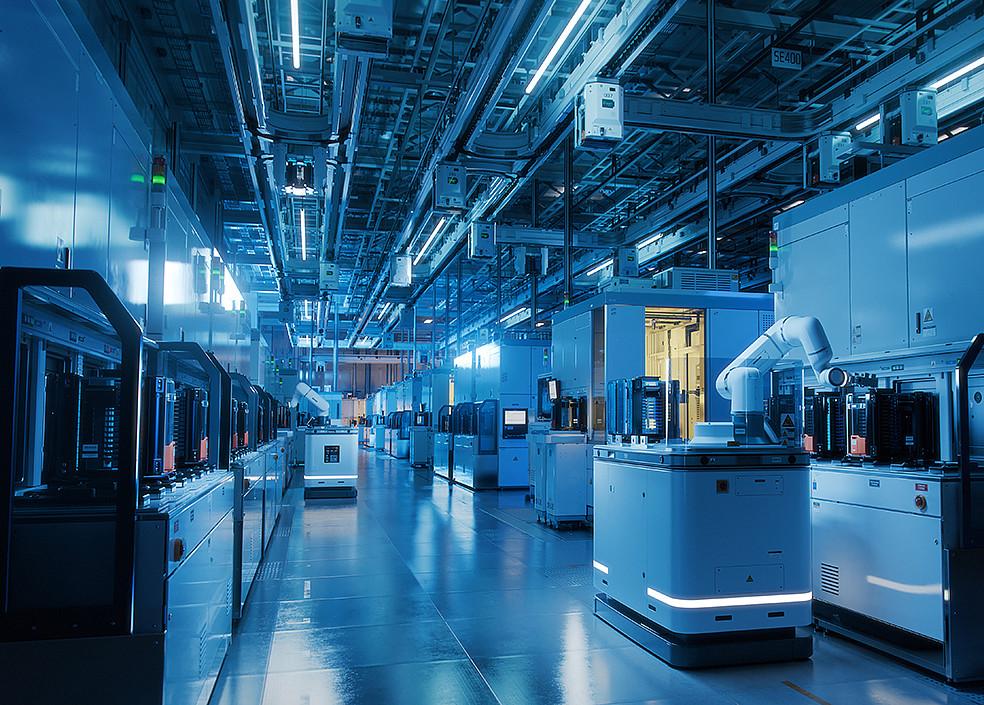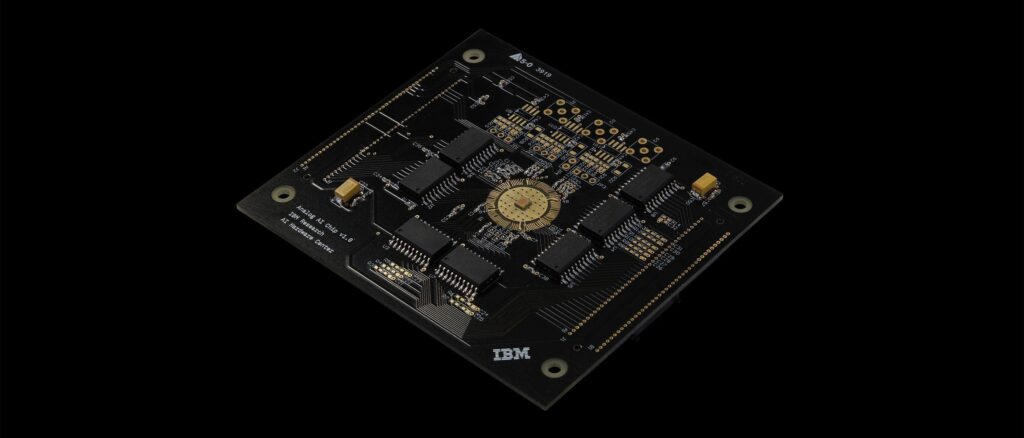In the high-stakes chess game of technological innovation, the Netherlands is positioning itself as a strategic player in the global artificial intelligence arena. As semiconductor giants Nvidia and AMD sit across the negotiating table, the nation’s ambition to become an AI infrastructure powerhouse takes center stage. These supply talks represent more than mere business discussions; they are a calculated move in the complex landscape of cutting-edge technology and national technological sovereignty. With chips as the new digital currency, the Netherlands is signaling its intent to be more than a spectator in the unfolding AI revolution. In a strategic move to bolster its technological infrastructure, the Netherlands is engaging in high-level discussions with semiconductor giants Nvidia and AMD to develop cutting-edge artificial intelligence facilities. These conversations represent a significant step in positioning the country as a potential European hub for advanced computational technologies.
Government officials and industry representatives are exploring potential collaborations that could transform the Dutch technological landscape. The talks focus on establishing state-of-the-art data centers and AI research environments that leverage the advanced chip technologies developed by Nvidia and AMD.
The Netherlands’ proactive approach stems from recognizing the critical importance of AI infrastructure in maintaining global technological competitiveness. By targeting partnerships with these renowned semiconductor manufacturers, the country aims to create an ecosystem that attracts international tech investments and nurtures local innovation.
Sources close to the negotiations suggest that the discussions involve comprehensive plans for developing specialized facilities capable of supporting complex AI computational requirements. These facilities would not only serve domestic needs but potentially position the Netherlands as a strategic AI research and development center in Europe.
Nvidia and AMD, known for their advanced GPU technologies critical for machine learning and AI applications, bring substantial expertise to potential collaborations. Their involvement could provide the Netherlands with access to cutting-edge hardware and technological blueprints for establishing world-class AI infrastructure.
Economic analysts view these talks as a calculated strategy to diversify the Netherlands’ technological portfolio. The country has traditionally been strong in areas like logistics and agriculture, and these AI infrastructure initiatives represent an ambitious expansion into high-tech computational domains.
The potential collaboration extends beyond mere infrastructure development. It encompasses knowledge transfer, research partnerships, and creating an environment that attracts global technology talent. By positioning itself as an attractive destination for AI research and development, the Netherlands could significantly enhance its international technological reputation.
While specific details remain confidential, industry insiders suggest that the proposed facilities would incorporate advanced cooling systems, robust security protocols, and flexible computational architectures designed to support emerging AI technologies.
The negotiations highlight the Netherlands’ commitment to remaining at the forefront of technological innovation. By proactively engaging with leading semiconductor companies, the country demonstrates a forward-thinking approach to technological development and economic strategy.
As global competition in AI intensifies, these strategic discussions could prove instrumental in establishing the Netherlands as a significant player in the rapidly evolving technological landscape.

